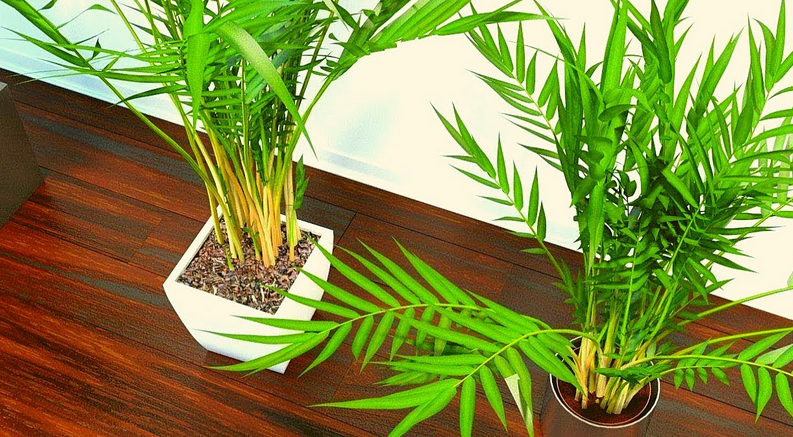Areca Palms are considered natural air filters and are a low-maintenance plant. These trees also provide a lot of benefits, including reducing airborne toxins. Learn how to care for an Areca Palm and enjoy its health benefits. The article also details how to prune an Areca Palm tree to prevent it from turning brown.
Areca palms are considered a natural air filter
Areca palms are useful for purifying the air in your home. They have a tendency to add moisture to the air through evapotranspiration, where water from the roots is released through the leaves. They release a higher volume of water than other plants, about a liter a day, which is especially helpful during the colder months of the year when there is less water vapor in the air.
The Areca palm is commonly grown as a houseplant. Their purifying ability makes it one of the best house plants you can have in your home. It removes harmful toxins from the air and provides a healthy environment. Even when you’re sleeping, areca palms continue to release oxygen, so your air will be fresher and healthier than ever.
 Can areca palm be kept in bedroom?
Can areca palm be kept in bedroom?
They remove airborne toxins
According to NASA, the Areca palm is one of the most effective plants in removing airborne toxins. This plant has a lifespan of up to 10 years and is known to remove more toluene and xylene from the air than any other plant. These chemicals can be found in nail polish remover, paint thinner, glues, and more. Additionally, toluene is used in the printing and rubber industries.
The Areca palm works by absorbing gases through its leaves and roots. The plant then processes them, removing the pollutants and releasing oxygen. This means you’ll breathe better and sleep better. Additionally, it increases humidity in the air, which kills airborne bacteria and reduces the risk of getting sick.
They are low-maintenance
The Areca Palm is low-maintenance and easy to grow, but it can be susceptible to pests. Spider mites and mealy bugs can attack the foliage, so it’s important to treat your palms regularly to minimize the damage. Fatty acid sprays and plant oils can help reduce the mite population. Mealybugs, on the other hand, are more difficult to treat but can still cause damage to the foliage.
The Areca Palm can tolerate a moderate level of maintenance, but it needs a constant supply of nutrients and moisture to thrive. A well-draining, rich soil is ideal. Use a soil mix with equal parts red soil, cocopeat, compost, or other organic material. Water the Areca Palm when the top two inches of soil feel dry. Over-watering can lead to leaf scales, which can damage the plant.
They are easy to grow
Areca palms are easy to grow, but they require a special type of potting mix. These plants need a potting medium that contains peat moss. The soil should be moist but not wet. Areca palms like filtered light, although they can tolerate full sun. Indoors, the plant will benefit from a south-facing window that receives bright, indirect light. It also needs a well-drained soil that is rich in organic matter.
You can buy seeds of areca palms from a nursery or garden center. You can plant the seeds in a commercial soil mix, but you can substitute peat and sand for the peat. If peat is not available, you can also substitute peat, sand, and pine bark in a ratio of 3:1 or 6:1. Be sure to avoid overwatering your plant. Ideally, your areca palms should be planted 4 feet apart from any other plant or structure.
They tolerate full sun
While areca palms can tolerate a range of lighting conditions, they grow best in bright indirect light, which protects their thin leaves from scorching and provides enough energy for robust growth. These plants do tolerate a small amount of direct sun, but they will turn yellow and eventually die if they are exposed to too much heat or sunlight. For this reason, they prefer windows with south or west exposure.
Water your areca palms sparingly, but make sure they get enough moisture. The soil needs to be damp, but they don’t like to be so wet that it rots. Use rainwater or distilled water to keep the soil moist. Avoid chemicals, as areca palms are sensitive to chemicals.
 Areca Palm Care and Benefits
Areca Palm Care and Benefits
They require high humidity to look their best
Whether you’re growing an Areca palm in your home or are considering planting one as a gift, there are a few things to know to help you get the most out of your new plant. First, make sure to choose a container that has drainage holes. Next, add potting medium to it. Finally, give it a deep watering. This is because Areca palms are sensitive to chemicals, so they prefer rainwater or distilled water.
Since Areca palms are native to the tropics, they require high humidity to thrive. During the summer months, they require heavy watering, and during the colder months, they only need light watering. However, it’s still best to water them on a regular basis.
